How to Help a Carsick Child
While going on family vacations are fun, having a carsick child is not. Luckily, if your child has become carsick, there are several ways that you can help him or her to feel more comfortable. If you have not yet left for your trip and you...
Making Your Child More Comfortable
-
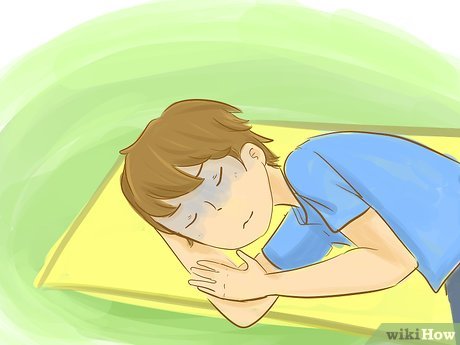 Let your child get out of the car and lie down. If your child is feeling very carsick, take the nearest exit and pull over (where it is safe to do so) and allow your child to get out of the car. Have your child lie down; some people find that lying down can help them to stop feeling carsick.
Let your child get out of the car and lie down. If your child is feeling very carsick, take the nearest exit and pull over (where it is safe to do so) and allow your child to get out of the car. Have your child lie down; some people find that lying down can help them to stop feeling carsick.- If your child vomits, give your child plenty of cold water after his nausea has passed.
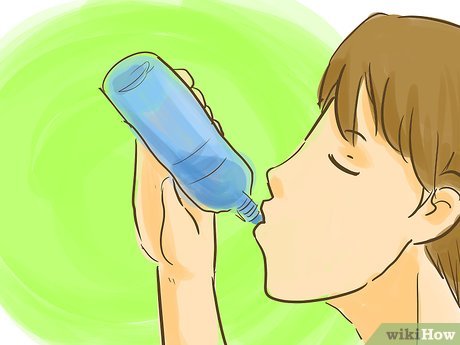
- If your child vomits, give your child plenty of cold water after his nausea has passed.
-
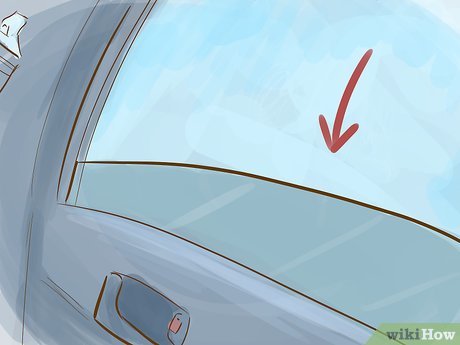 Open the window to get some fresh air into the car. Rolling down the window and letting some fresh air in may help your child to feel refreshed. Having the wind blow on his face may also help your child to stop thinking about how ill he feels.
Open the window to get some fresh air into the car. Rolling down the window and letting some fresh air in may help your child to feel refreshed. Having the wind blow on his face may also help your child to stop thinking about how ill he feels.- In addition to opening the window, you should avoid wearing cologne, smoking or carrying food with a strong odor while driving if you have a child who gets carsick easily. These items can make the air feel stuffy, which in turn can make your child feel more sick.

- In addition to opening the window, you should avoid wearing cologne, smoking or carrying food with a strong odor while driving if you have a child who gets carsick easily. These items can make the air feel stuffy, which in turn can make your child feel more sick.
-
 Move your child so that he is sitting towards the front of the car. If your child is carsick and sitting in the back of the car, move your child up to the middle section of the car, or the front of the car if he is old enough to sit up front. Cars are more unstable in the back, which means that when you take a turn, anyone sitting in the back of the car will be more affected by the turn.
Move your child so that he is sitting towards the front of the car. If your child is carsick and sitting in the back of the car, move your child up to the middle section of the car, or the front of the car if he is old enough to sit up front. Cars are more unstable in the back, which means that when you take a turn, anyone sitting in the back of the car will be more affected by the turn.- In addition to this exaggerated movement of the back of the car, sitting in the far back may reduce your child's interaction with the rest of the family. When your child has nothing to distract him, he may feel carsick more easily.
- Do not let your child sit backwards or sideways; he should sit facing the direction that the car is moving in.
-
 Elevate your child's seat. When your child sits up higher, he can see out of the car's window more easily. Looking out the window, especially if the window is rolled down a little bit, can help to distract your child from his illness.
Elevate your child's seat. When your child sits up higher, he can see out of the car's window more easily. Looking out the window, especially if the window is rolled down a little bit, can help to distract your child from his illness.- Have your child look out the window rather than giving your child a book to read as a distraction. Reading in the car can lead to car sickness very quickly. Staring down at a page while the car is in motion can overload your child's senses, in turn making him feel more sick.

- Have your child look out the window rather than giving your child a book to read as a distraction. Reading in the car can lead to car sickness very quickly. Staring down at a page while the car is in motion can overload your child's senses, in turn making him feel more sick.
- Distract your child by playing games or talking to him. If you cannot stop to let your child rest for a moment, try to distract your child from how sick he is feeling. You can distract your child in a variety of ways. Some of these ways include:
- Playing eye-spy with your child, or other games where he has to look out the window. Another idea is to have your child count the number of animals, birds, or trees that he sees.

- Talking to your child and asking him questions. Ask him questions about what he likes, or tell him about what you are all going to do when you get to your destination.

- Play your child's favorite music and have him sing along.

- Playing eye-spy with your child, or other games where he has to look out the window. Another idea is to have your child count the number of animals, birds, or trees that he sees.
-
 Try to drive as smoothly as possible. If your child is only moderately carsick, do everything that you can to drive smoothly so that he does not become more carsick.
Try to drive as smoothly as possible. If your child is only moderately carsick, do everything that you can to drive smoothly so that he does not become more carsick.- Try to take turns slowly, and avoid potholes and bumps when you can.
-
 Carry an extra set of clothes if your child is prone to carsickness. If your child tends to get sick and vomit, try to be prepared for this by keeping an extra set of clothes for your child in your car. Changing into a fresh set of clothes after he vomits can help to make your child feel more comfortable.
Carry an extra set of clothes if your child is prone to carsickness. If your child tends to get sick and vomit, try to be prepared for this by keeping an extra set of clothes for your child in your car. Changing into a fresh set of clothes after he vomits can help to make your child feel more comfortable.- You should also carry wet wipes or a towel, and bags for your child to throw up into.

- You should also carry wet wipes or a towel, and bags for your child to throw up into.
- Give your child dimenhydrinate. This drug is used to treat the symptoms of motion sickness. It can be given to children who are two years old or older. Read the label for the proper dosage. The usual dosage is[1]:
- 2 to 6 year olds: Give your child 12.5 to 25 mg of dimenhydrinate by mouth every 6 to 8 hours. Do not exceed 75 mg in 24 hours.[2]

- 6 to 12 year olds: Give your child 25 to 50 mg by mouth every 6 to 8 hours. Do not give your child more than 150 mg in 24 hours.[3]

- Children 12 years old and above: Give your child 25 to 100 mg every 4 to 6 hours. Do not exceed 400 mg a day.[4]

- 2 to 6 year olds: Give your child 12.5 to 25 mg of dimenhydrinate by mouth every 6 to 8 hours. Do not exceed 75 mg in 24 hours.[2]
-
 Seek medical help if your child is still experiencing motion sickness long after he has gotten out of the car. If your child is no longer in the car, and has not been in the car for several hours, but is still showing symptoms of motion sickness, you should seek medical help.[5]
Seek medical help if your child is still experiencing motion sickness long after he has gotten out of the car. If your child is no longer in the car, and has not been in the car for several hours, but is still showing symptoms of motion sickness, you should seek medical help.[5]- In particular, if your child is having difficulty seeing, hearing, talking, walking, or has an extreme headache, you should seek medical help right away. Your child might have an underlying condition that is causing these symptoms.

- In particular, if your child is having difficulty seeing, hearing, talking, walking, or has an extreme headache, you should seek medical help right away. Your child might have an underlying condition that is causing these symptoms.
-
 Know what symptoms to look for if your child can't express himself. Very young children might have a hard time expressing what they are feeling. If your child is prone to car sickness, look for the following symptoms:
Know what symptoms to look for if your child can't express himself. Very young children might have a hard time expressing what they are feeling. If your child is prone to car sickness, look for the following symptoms:- Pale skin.
- Yawning frequently.
- Sweating excessively.
- Irritable or restless behaviors.
Preventing Carsickness in the Future
-
 Understand how car sickness develops. When your body is in motion, different parts of your body will send different messages to your brain. If you look down at a book, or simply do not look out the window, parts of your body will send the message to your brain that you are moving forward, while your eyes will send the message that you are reading and being still. This can cause feelings of car sickness. Symptoms of fatigue include:
Understand how car sickness develops. When your body is in motion, different parts of your body will send different messages to your brain. If you look down at a book, or simply do not look out the window, parts of your body will send the message to your brain that you are moving forward, while your eyes will send the message that you are reading and being still. This can cause feelings of car sickness. Symptoms of fatigue include:- Dizziness.

- Upset stomach.

- Vomiting.
- Loss of appetite.
- Nausea.
- Dizziness.
-
 Encourage your child to look out the window. When your child looks out the window, all of his different body parts will send the same message to his brain: that he is travelling forward. This will make him less likely to feel carsick.
Encourage your child to look out the window. When your child looks out the window, all of his different body parts will send the same message to his brain: that he is travelling forward. This will make him less likely to feel carsick.- Looking out the window can also help to keep your child distracted from any oncoming feelings of car sickness.
-
 Plan to drive at night. If possible, save the longer car trips for nighttime. When you drive at night, your child is more likely to fall asleep, which means that he will not develop car sickness.
Plan to drive at night. If possible, save the longer car trips for nighttime. When you drive at night, your child is more likely to fall asleep, which means that he will not develop car sickness. -
 Avoid feeding your child food that could upset his stomach. When on a long car trip, try to avoid feeding your child greasy or spicy foods, both of which could upset his stomach. Instead, pack light, healthy dinners for longer car rides, rather than stopping at greasy fast food places.
Avoid feeding your child food that could upset his stomach. When on a long car trip, try to avoid feeding your child greasy or spicy foods, both of which could upset his stomach. Instead, pack light, healthy dinners for longer car rides, rather than stopping at greasy fast food places.- If you are only going on a short car ride, try to avoid feeding your child right before getting into the car. Being really full can make your child more likely to become carsick.
-
 Give your child dramamine before you start your journey. If your child frequently gets very carsick, consider giving him dramamine to make the journey easier. This drug can be given to kids that are two years old or older. It is an anti-nausea medication that can help your child's body to fight off any potential feelings of car sickness. Give your child this medication can hour before getting into the car.
Give your child dramamine before you start your journey. If your child frequently gets very carsick, consider giving him dramamine to make the journey easier. This drug can be given to kids that are two years old or older. It is an anti-nausea medication that can help your child's body to fight off any potential feelings of car sickness. Give your child this medication can hour before getting into the car.- Children who are 2 to 6 years old: Give your child 12.5 mg every six hours. Do not exceed 75 mg in a 24 hour period of time.[6]
- Children who are 6 to 12 years old: Give your child 12.5 to 25 mg after every 6 hours. Do not exceed 150 mg in a 24 hour period of time.[7]
- Children 12 years or older: Give your child 50 to 100 mg every six hours. Do not exceed 400 mg in a 24 hour period of time.[8]
-
 Give your child benadryl if he is six years old or older. Benadryl (diphenhydramine ) can be given to children who are six years old and older. It is an antihistamine that can help your child's body to fight off feelings of nausea. It also has a drowsy effect, which can help your child to fall asleep in the car. Give your child this medication one hour before starting on your journey. This medication is given to your child based on his weight. Give:
Give your child benadryl if he is six years old or older. Benadryl (diphenhydramine ) can be given to children who are six years old and older. It is an antihistamine that can help your child's body to fight off feelings of nausea. It also has a drowsy effect, which can help your child to fall asleep in the car. Give your child this medication one hour before starting on your journey. This medication is given to your child based on his weight. Give:- ¾ teaspoon to a child who weighs 20 to 24 kilograms.[9]
- 1 teaspoon to a child who weighs 25 to 37 kilograms.[10]
- 11/2 teaspoon to a child who weighs 38 to 49 kilograms.[11]
- 2 teaspoons to a child who weighs more than 50 kilograms.[12]
4.5 ★ | 2 Vote
You should read it
- How to Blog Respectfully About Your Disabled Child
- How to Transfer an IEP to Another School
- Please download more than 90 beautiful windows wallpapers for your computer
- Ways to help your child become a creative child
- How to Choose a Good School (for Parents)
- How to Prepare Your Child for Middle School
- Things to know about the :nth-child() selector in CSS
- How to Help Your Child with Prader‐Willi Syndrome
- 5 best child monitoring apps for mobile phones
- First aid methods for children
- Standard window size
- How to use the most simple, detailed child locator Q50
May be interested

How to Care for Fuchsia

How to Print Screen on a Toshiba Laptop

How to Keep Healthy Family Relationships

How to Make Bonding Hearts (Lovies) for NICU Families

How to Play Games on Houseparty

Microsoft unexpectedly extended the vacation time for some versions of Windows 10 because of the Covid-19 pandemic
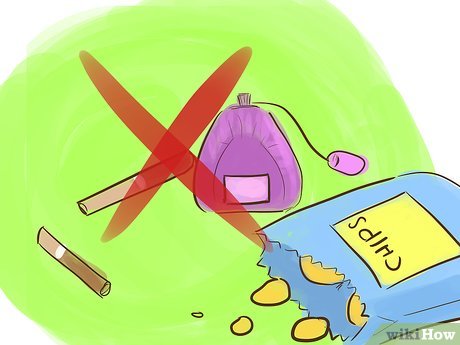
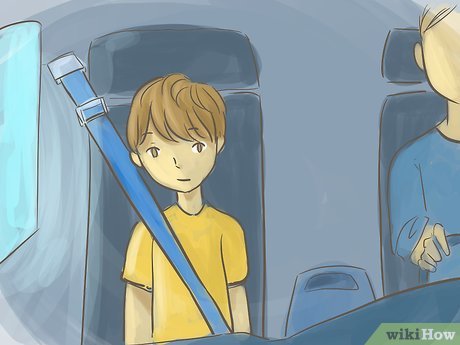
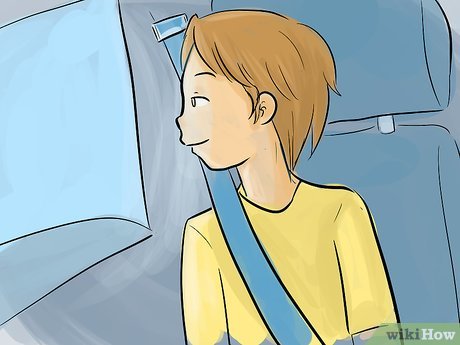
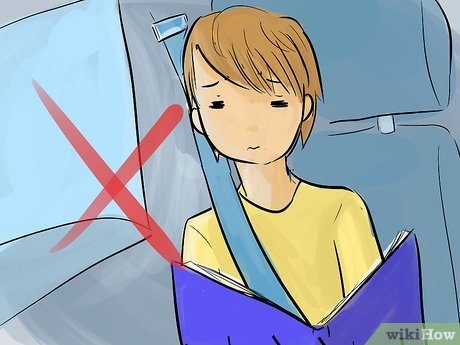
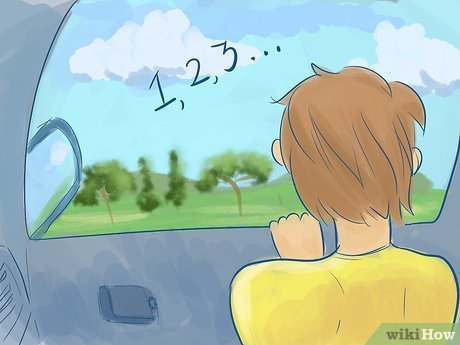

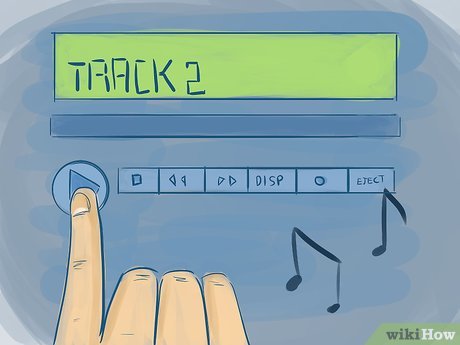
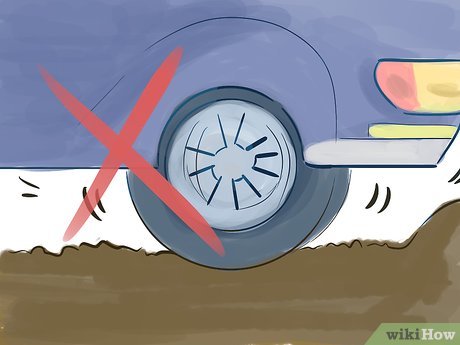
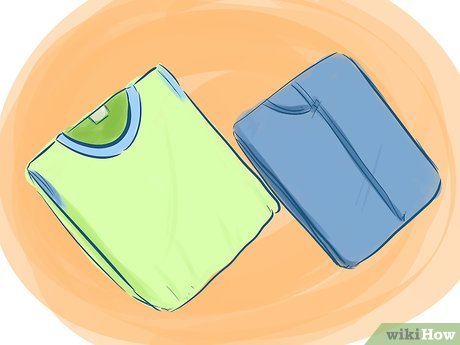
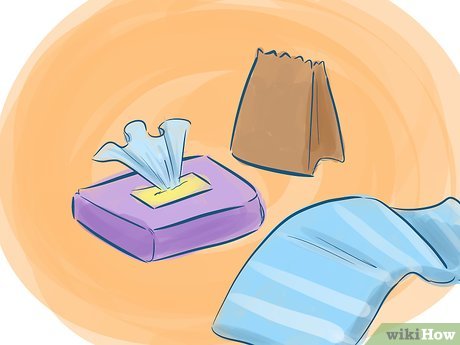
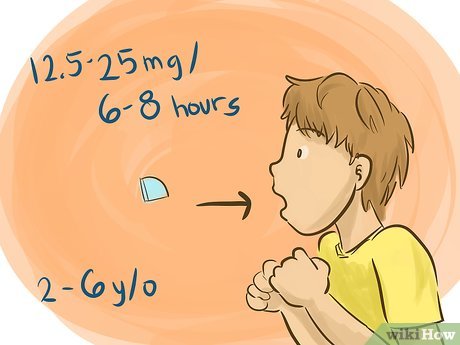
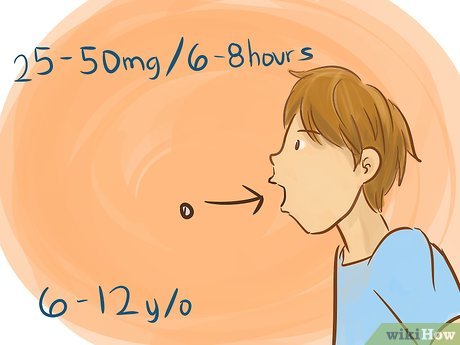
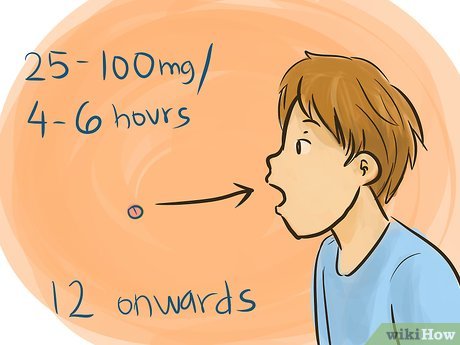
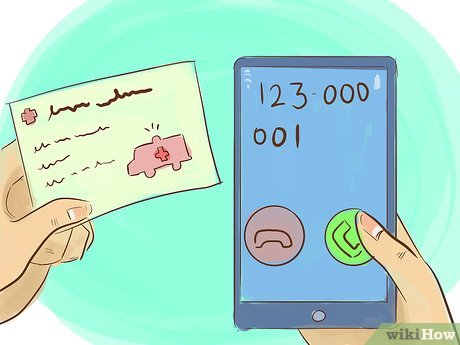
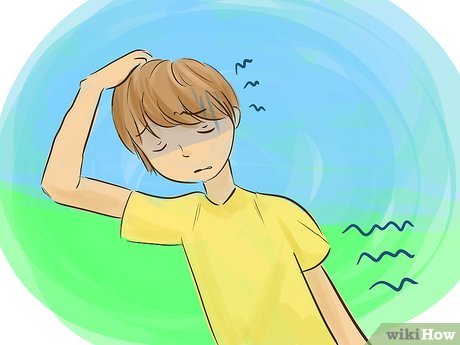
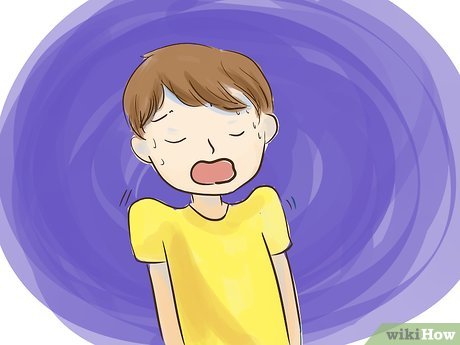

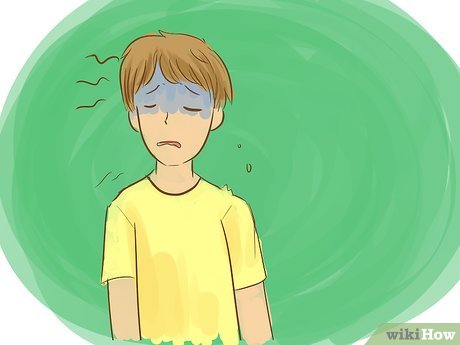

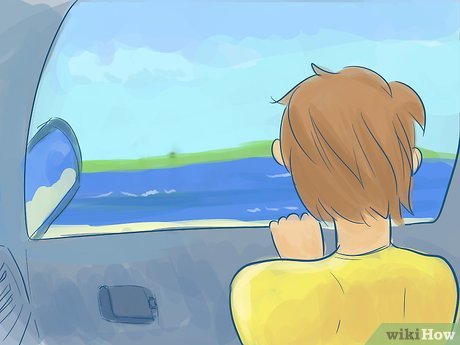

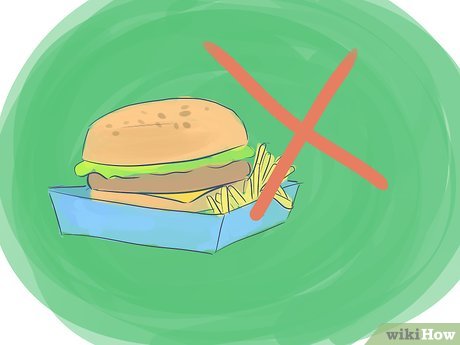

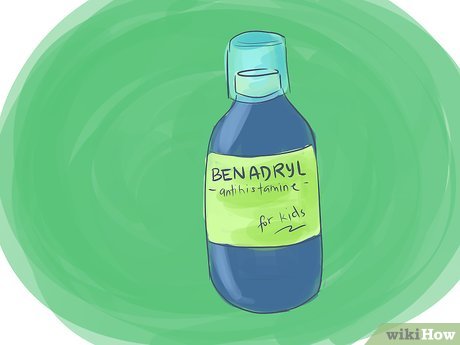






 How to Blog Respectfully About Your Disabled Child
How to Blog Respectfully About Your Disabled Child How to Get Your Child to Share What Happened During the Day
How to Get Your Child to Share What Happened During the Day How to Transfer an IEP to Another School
How to Transfer an IEP to Another School Ways to help your child become a creative child
Ways to help your child become a creative child How to Prepare Your Child for Middle School
How to Prepare Your Child for Middle School Things to know about the :nth-child() selector in CSS
Things to know about the :nth-child() selector in CSS